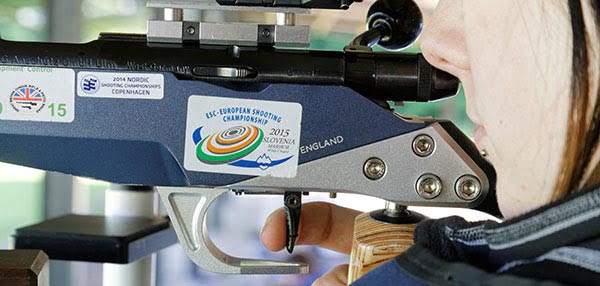Shooting Training! Why do I train? To get better at what I do. Anyone who is serious about what they do will train to improve, rifle shooters are no different. Are you just doing the same old things and getting the same old results. Maybe its time to think about training smarter and not just harder.
This is the first in a series of articles to help you make the most of your valuable training time. Don’t just turn up, think first and get better results for your effort.
The bad news is that time flies, the good news is you are the pilot
Unless you are a professional athlete, real life is going to take a bite out of you life. The first thing you can do smarter is think about how you make best use of your time.
There are 168 hours in a week. You will probably spend about 60 of those hours asleep, 40 of those hours engaged in work or education, 10 hours at mealtimes, 4 hours in the bathroom and so on. This still leaves over 50 hours you can use to fit in some of the fun things in life including your training.
A simple weekly plan can help you to work out where you can find training opportunities and where those opportunities allow you to train in the best physical and mental shape.
A simple weekly training plan
You may have a slightly different plan for each week of the year, as you try and fit the ever changing pattern of your life. Much will be similar, but to make sure you get the most out of any week, check your “normal” week plan every week to see if there are changes to be made.
Think about mealtimes. Firstly, It is difficult to train when you are hungry. Secondly, it’s just as difficult to train effectively after you have eaten a large meal. In addition, If you have a really busy day then you may be too tired to train effectively in the evening. The more you do this, the better you will be at picking training times that work around your life.
Repetition makes us good at what we are doing, however, it doesn’t make what we are doing good.
We don’t get better doing the same thing over and over again. To improve, we need to accept change; we need take the bits that don’t work well and change them for something that works better.
The next step to training smarter is to decide what you are going to train before you get to your session. After that, do what you set out to do and then think about how things went to see what went well and what might need improvement. We call this plan-do-review. When you get into the swing of it, the review from one session gives you the plan for the next one.
Be really specific about what you do, I’m just going to shoot some shots is not good enough. You may be just firing shots, but somewhere in there you are going to be working on improving some part of what you do.

You should know what you are trying to improve and, most importantly, be able to measure in some way that it has improved. This is not score on the target, this is some real measurement that is specific to what you do.
Shooting training with technology
This is really useful as you never usually see yourself shoot. We all have a camera on our phones. In other words, why don’t you record yourself while you shoot; it’s amazing what you might see. If you are training without a coach you can share the video.
Write down the facts about your shooting training session.
- What happened? As much detail as possible.
- What did you see? Your coach can’t see what you see through the sights. Think about what you could see from your perspective. For instance, sway, hold quality, movement on trigger for instance.
- What did you feel, what might anyone else have seen? Your coach definitely can’t see what you feel. However, you have so much information you can share just by listening to your body.
- What happened at the target? Think group size and shape, not score.
Take time to get as many facts as possible, the analyse them. What went well, what do I need to work on, did this make me better? If you talk the facts through with someone else, they might have different ideas to you. This will give you more information to help you plan your next training session.
For more development and training ideas keep up to date with the development and training section

